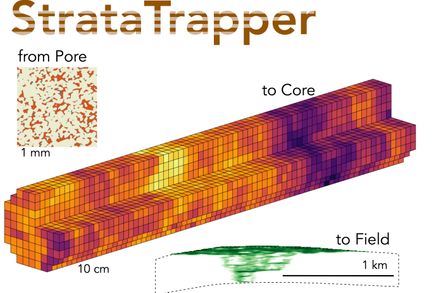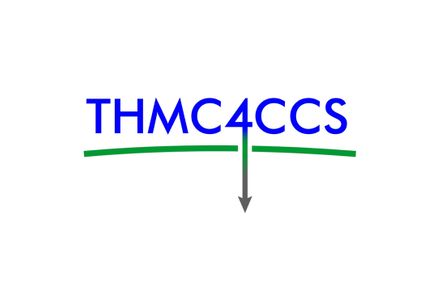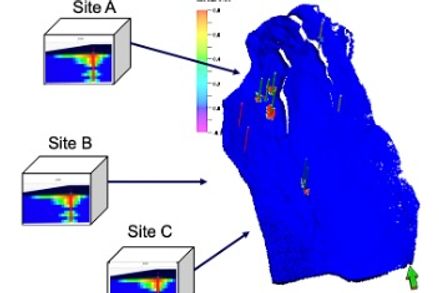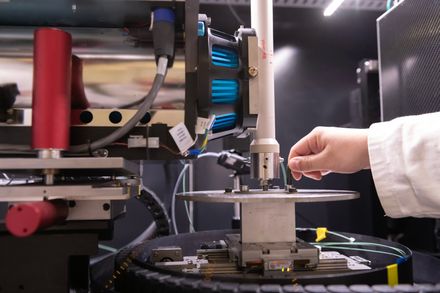BibTex format
@article{Liyanage:2019:10.1007/s11242-018-1158-3,
author = {Liyanage, R and Cen, J and Krevor, S and Crawshaw, J and Pini, R},
doi = {10.1007/s11242-018-1158-3},
journal = {Transport in Porous Media},
pages = {355--378},
title = {Multidimensional observations of dissolution-driven convection in simple porous media using X-ray CT scanning},
url = {http://dx.doi.org/10.1007/s11242-018-1158-3},
volume = {126},
year = {2019}
}





